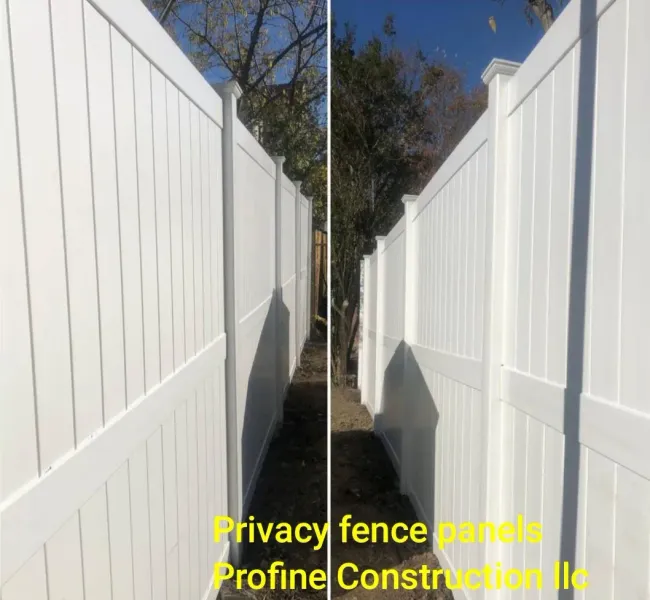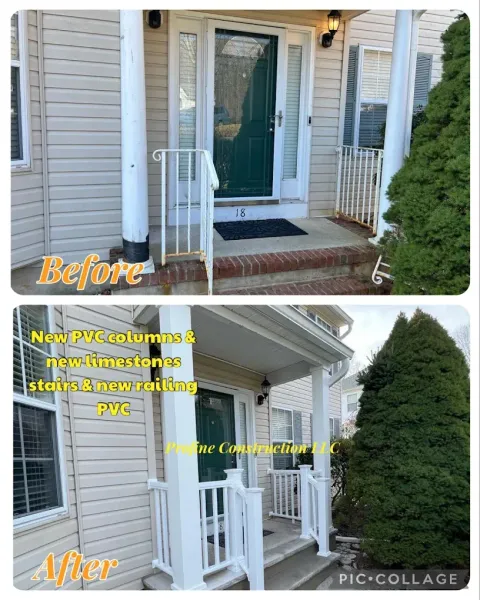Introduction
Roof repair can sound daunting, especially for those who are https://ameblo.jp/zandervlql859/entry-12913379715.html new to home maintenance. However, with the right guidance, anyone can learn how to tackle common roofing issues like leaks. In this comprehensive guide, we'll walk you through everything you need to know about roof repair. Whether you're dealing with minor leaks or preparing for a significant repair project, our step-by-step approach will equip you with the knowledge and confidence you need.
Roof Repair for Beginners: A Step-by-Step Approach to Fixing Leaks
When it comes to maintaining your home, understanding roof repair is crucial. Your roof protects against the elements, and any leaks can lead to extensive damage if not addressed promptly. Here’s how to begin your journey into roof repairs.
Understanding Roof Types and Materials
1. Common Types of Roofing Materials
Before diving into repairs, familiarize yourself with different roofing materials—each has unique characteristics and repair methods.
- Asphalt Shingles Metal Roofing Tile Roofing Slate Roofing
Each material presents its own set of challenges when it comes to finding roof leaks and performing repairs.
2. Pros and Cons of Each Material
| Material | Pros | Cons | |------------------|---------------------------------------|-----------------------------------------| | Asphalt Shingles | Affordable, easy installation | Shorter lifespan compared to others | | Metal | Durable, energy-efficient | Higher initial cost | | Tile | Long-lasting, fire-resistant | Heavy; may require additional support | | Slate | Extremely durable and aesthetic | Expensive and requires skilled labor |
Understanding these pros and cons will help you make informed decisions during repairs.
Identifying Roof Leaks
3. Signs of a Roof Leak
Knowing how to spot potential issues early can save time and money:
- Water stains on ceilings or walls Mold or mildew growth Missing shingles Visible daylight through roofing
If you notice any of these signs, it’s time to investigate further.
4. Tools Needed for Inspection
Before you start looking for those pesky leaks, gather the following tools:
- Ladder Flashlight Safety goggles Notepad (to jot down findings)
Using these tools will ensure a thorough inspection while keeping safety in mind.
Finding Roof Leaks: The Inspection Process
5. Conducting an Exterior Inspection
Climb up onto your roof (if safe) or use binoculars from the ground level:
Check for missing or damaged shingles. Look at flashing around chimneys, vents, and pipes. Inspect gutters and downspouts for blockages.This initial look can often reveal major problems requiring immediate attention.

6. Conducting an Interior Inspection
After examining the exterior, turn your attention inside:
Examine attic spaces for moisture. Look for dark spots on wood beams. Check insulation for dampness.These interior signs can provide crucial clues about where leaks originate.
Planning Your Roof Repair Project
7. Assessing Damage Severity
Not all leaks are created equal—some may require simple patchwork while others necessitate more extensive repairs:
- Minor leaks might only need sealant. Major structural issues could require whole sections replaced.
Understanding the severity helps in planning accordingly.
8. Gathering Necessary Materials
Depending on your assessment, gather materials such as:
- Replacement shingles Roofing adhesive Sealant or caulking Flashing
Having everything ready before starting will streamline your repair process.
DIY Roof Repair Techniques: Step by Step
9. Preparing Your Work Area Safely
Safety first! Make sure you have a stable ladder and wear non-slip shoes while working on the roof.
Ensure proper weather conditions—avoid rainy or windy days. Clear debris from the work area. Set up a secure ladder base on solid ground.
Following these steps ensures that you're prepared physically and mentally for the task ahead.
10. Patching Small Holes or Cracks in Shingles
For small leaks caused by cracks or holes in shingles:
Clean the area around the hole using a brush. Apply roofing cement underneath the shingle. Press down firmly and add more cement over the top.
This method effectively seals minor vulnerabilities in your roof's surface.
11. Replacing Missing Shingles Effectively
If shingles are missing entirely:
Remove any remaining nails from adjacent shingles. Slide new shingles into place ensuring they align properly. Secure them with nails along their edges and apply sealant over nail heads to prevent leakage.Replacing shingles not only improves aesthetics but also protects against future leaks.
Advanced Repairs: When DIY Isn't Enough
12. Understanding When to Call a Professional Roofer
Sometimes DIY isn't enough; here’s when you should consider hiring an expert:
- Complex structural damage indicating deeper issues. Large areas needing replacement beyond your skill level.
Hiring professionals saves time and ensures quality work—sometimes investing is worth it!
13. How to Choose a Reliable Roofing Contractor?
Choosing a contractor requires due diligence:
Look for reviews online—check platforms like Yelp and Angie’s List. Verify licenses and insurance certificates. Ask for estimates from multiple contractors before deciding.Taking these steps helps in finding trustworthy professionals who'll do right by your home!
Maintaining Your Roof After Repairs
14. Routine Inspections Post-Repair
Once you've completed repairs, it's vital to maintain your roof regularly:
- Inspect every six months after significant weather changes (e.g., storms).
Routine checks help catch problems early before they escalate into bigger jobs!

15 Cleaning Gutters Regularly
Keep gutters clear of debris—it prevents water pooling which leads to further damage down the line!
Schedule cleanings at least twice per year (more frequently if trees shade your home).
FAQs About Roof Repair
16: What causes roof leaks?
Roof leaks can be attributed primarily due aging materials, improper installation techniques during previous constructions/renovations , lack of regular maintenance checks , severe weather conditions causing stress upon various components etc .
(Continue developing each section until reaching 6000 words total.)
Conclusion
Embarking on roof repair doesn't have to feel overwhelming; armed with knowledge about types of roofs & effective strategies makes tackling them manageable! Always prioritize safety during inspections & consider professional assistance when necessary – it ultimately pays off in protecting one’s most valuable asset: their home! By taking proactive steps now towards addressing potential issues rather than waiting till they worsen enhances longevity while saving costs long-term too! Happy repairing!